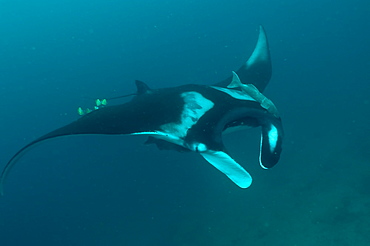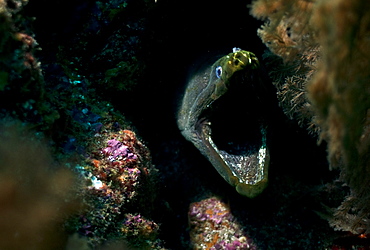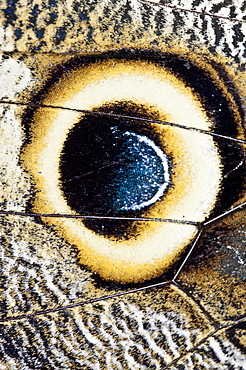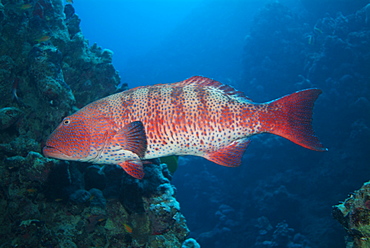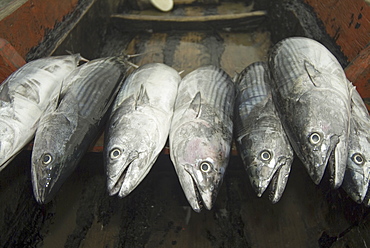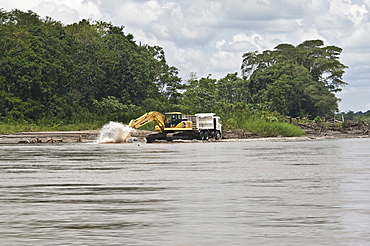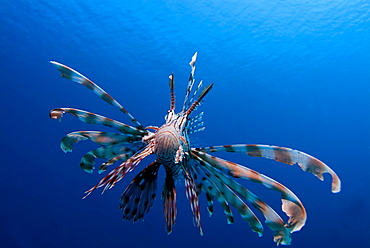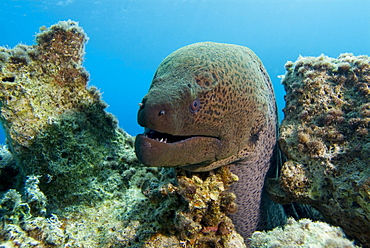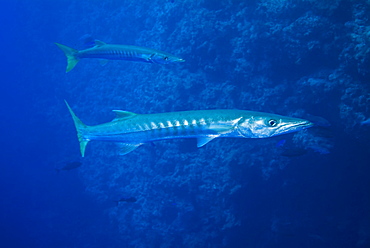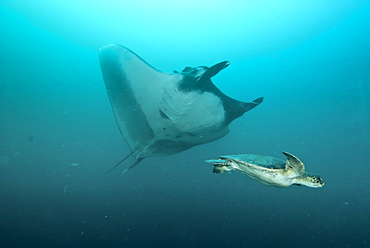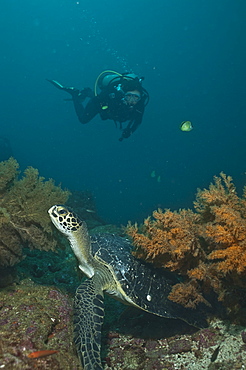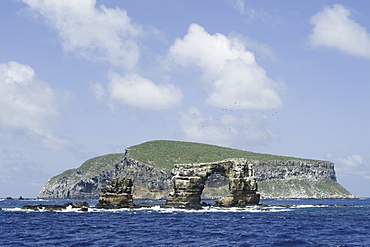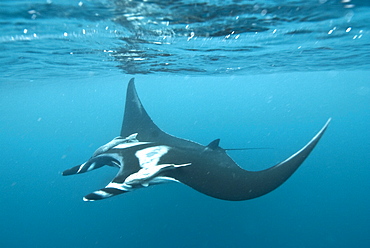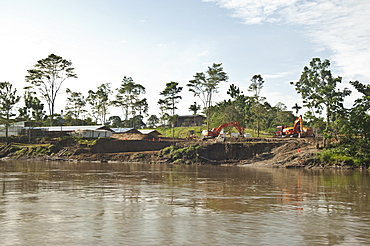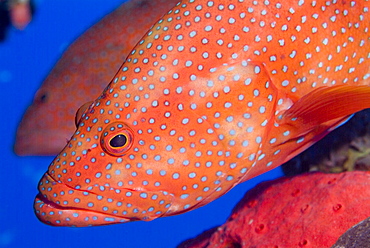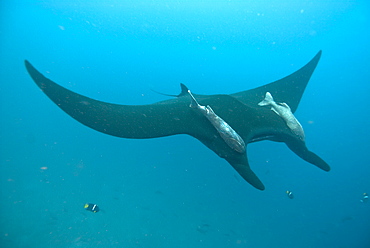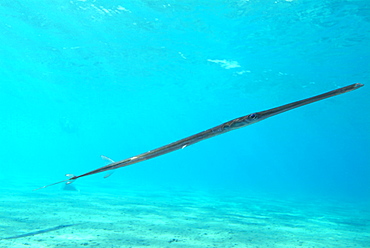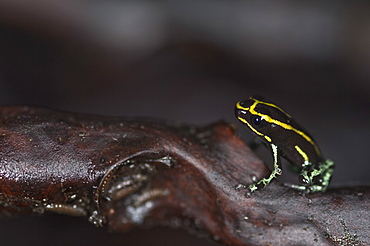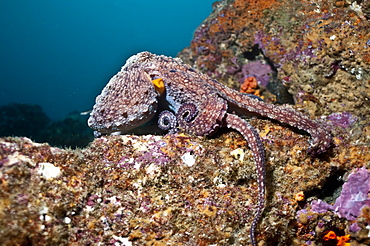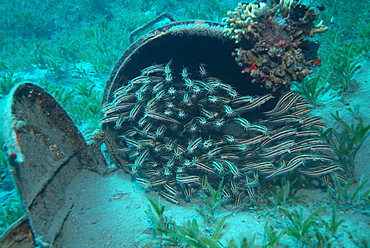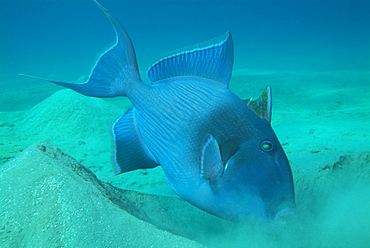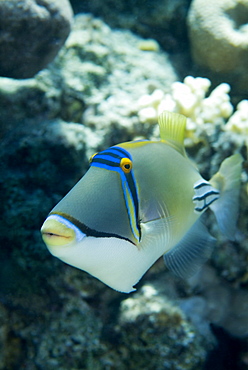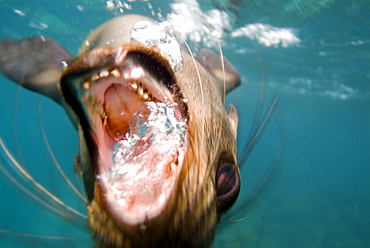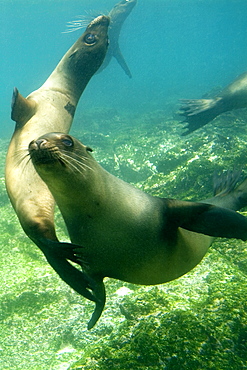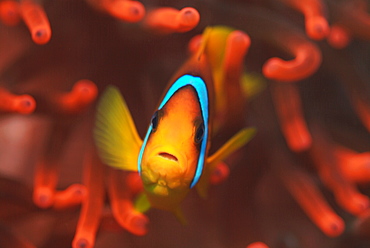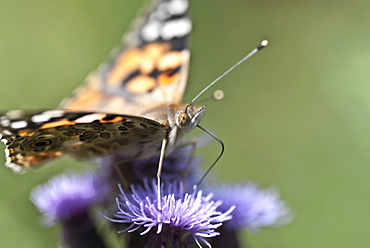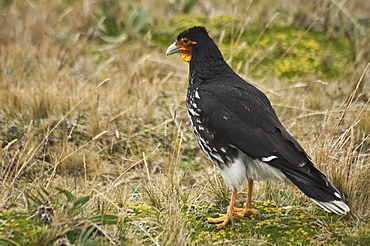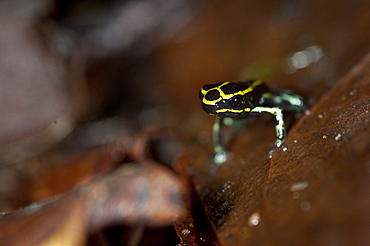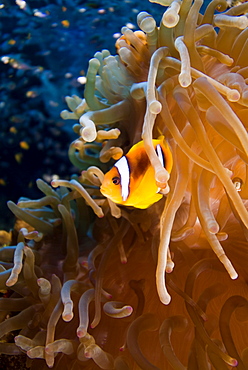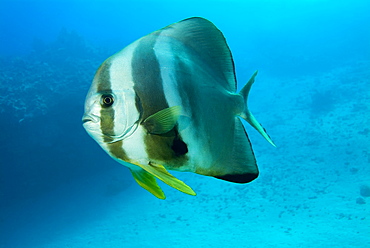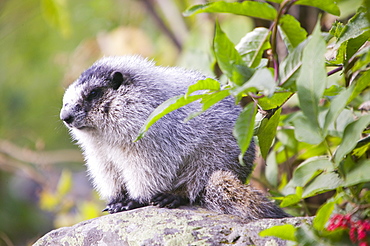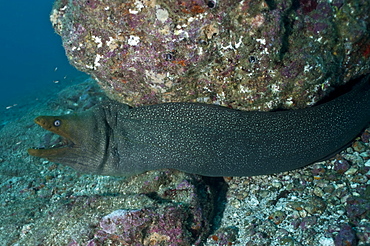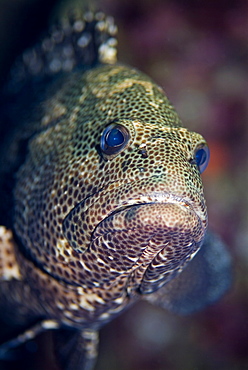Results
« Previous 1 … 109 110 111 112 113 Next »
11292 results found

Manta Birstris showing cleaning station activity. Observations part of project elasmo, conservation project in Ecuador.
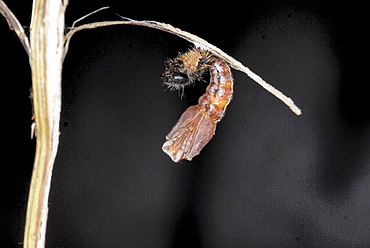
When the shed skin nears the tail, the newly formed chrysalis begins to shake very vigorously until the skin falls to the ground, then it settles down to form the butterfly within. The shape of the wings, anttenae and eyes can already be clearly seen. The process completes in seven to ten days. . Isle of White, UK. Isle of White, UK

Redmouth Grouper (Aethaloperca rogaa) Showing its namesake bright red inside mouth. Can often be found living amongst colonies of Yellow Sweeper (Parapriacanthus ransonneti) which it vigorously protects from attack by passing jacks, in return for feeding from the same glassfish colony. Red Sea.
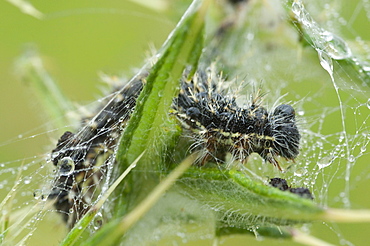
The young caterpillars once hatched make silk compounds within which they start their growing process which takes about two weeks. The silk enclosure helps to protect them against potential predators. . Isle of White, UK. Isle of White, UK

Giant manta ray, Isla de la Plata Ecuador. Portrait shot of Manta birostris approaching camera. Pacific Ocean, Ecuador
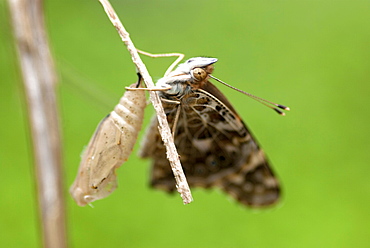
Adult painted lady butterfly shortly after emerging from chrysalis. The wings take over an hour to become strong enough to fly.. Isle of White, UK. Isle of White, UK
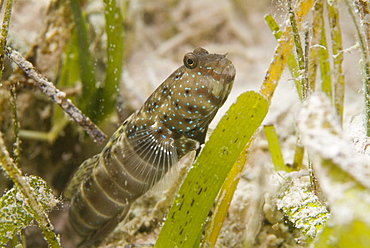
LutherÌs Partner Goby (Cryptocentrus lutheri) Lives in partnership with the snapping shrimp Alpheus djiboutensis. One of many Goby/Shrimp partnerships, The goby always choosing to pair with the same species of shrimp. The goby keeps a watchful eye for the almost blind shrimp, in return for sanctuary in the hosts burrow. The shrimp digs constantly and maintains contact with the goby at all times via antennae. Red Sea.

When the shed skin nears the tail, the newly formed chrysalis begins to shake very vigorously until the skin falls to the ground, then it settles down to form the butterfly within. The shape of the wings, anttenae and eyes can already be clearly seen. The process completes in seven to ten days. . Isle of White, UK. Isle of White, UK

Giant manta ray, Isla de la Plata Ecuador. Portrait shot of Manta birostris approaching camera. Pacific Ocean, Ecuador
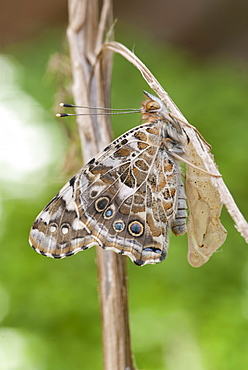
Adult painted lady butterfly shortly after emerging from chrysalis. The wings take over an hour to become strong enough to fly.. Isle of White, UK. Isle of White, UK
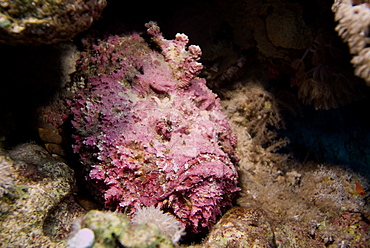
Stonefish (Synaceia verrucosa) said to be the world's most venomous fish. Found in many colours according to habitat. Probably also the worlds most adaptable camouflage system for a fish. Red Sea.
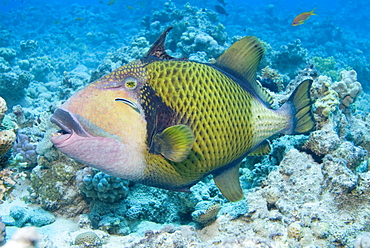
Titan Triggerfish (Balistoides viridescens) The largest of the triggerfish family and often aggressive when approached especially whilst nesting. Red Sea.

Stonefish (Synaceia verrucosa ) said to be the worldÌs most venomous fish. Found in many colours according to habitat. Probably also the worlds most adaptable camouflage system for a fish. Red Sea.
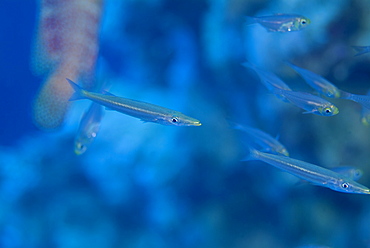
Juvenile Barracuda (Sphyraena Sp.). Found amongst a dense school of Yellow Sweeper making use of the protection of a Redmouth Grouper, until their increasing size gave away their camouflage. Red Sea.
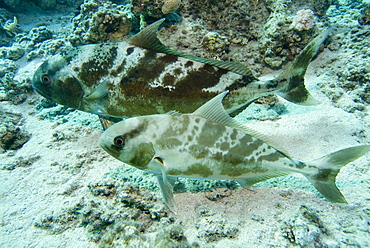
Blackbanded Jack (Seriolina nigrofasciata) the same individuals as in 8350, showing their ability to blend skin colour changes for camouflage purpose. Red Sea.
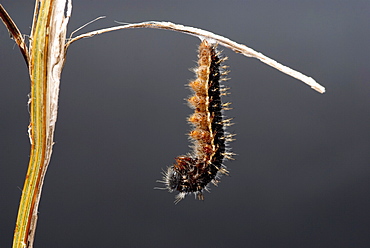
Painted lady caterpillar shortly before changing to chrysalis. It hangs itself upside down in this hooked position for around 24 hours. It continues to move throughout the 24 hours in gentle changes of position. . Isle of White, UK. Isle of White, UK
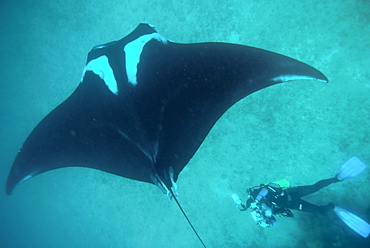
Research diver approaching manta birostris to record detail in research program, Project Elasmo. Pacific Ocean, Ecuador
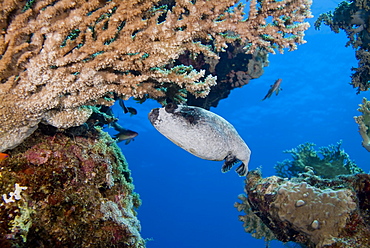
Masked Pufferfish (Arothron diadematus). Usually solo, seen here feeding on Acropora Sp. coral. Seen in large groups only during the breeding season. Found only in the Red Sea. Red Sea.

Redmouth Grouper (Aethaloperca rogaa). So named because of its bright red inside mouth. Can often be found living amongst colonies of Yellow Sweeper (Parapriacanthus ransonneti) which it vigorously protects from attack by passing jacks, in return for feeding from the same glassfish colony. Red Sea.
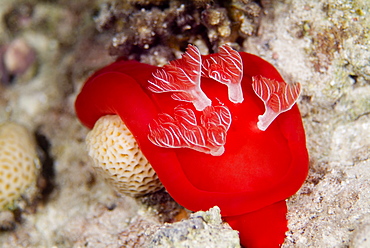
Spanish Dancer (Hexabranchus sanguineus) Spectacular and largest of the nudibranchs (naked gills) and are reported to reach up to 50 cms in length. Nocturnal. Red Sea.
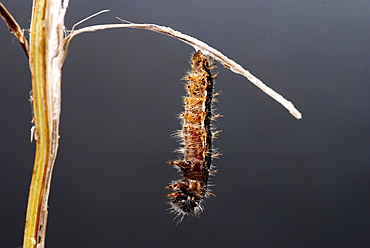
As the time to change gets nearer, the caterpillar begins to move more and more, sometimes shaking vigorously. The skin begins to split and the caterpillar sheds its skin in a concertina motion. . Isle of White, UK. Isle of White, UK

Coral Grouper (Cephalopholis miniata) being cleaned by a BruunÃs Cleaning Partner Shrimp (Urocaridella aontonbruunii) this incredible gaping action allows the shrimp uninhibited access to the mouth and gills.Red Sea.
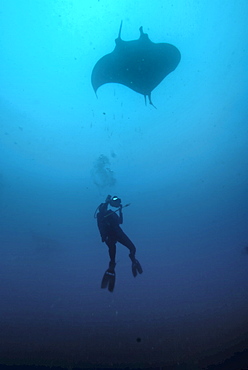
Research diver approaching manta birostris to record detail in research program, Project Elasmo. Pacific Ocean, Ecuador

Research diver approaching manta birostris to record detail in research program, Project Elasmo. Pacific Ocean, Ecuador

Giant manta ray, Isla de la Plata Ecuador. Portrait shot of Manta birostris approaching camera. Pacific Ocean, Ecuador
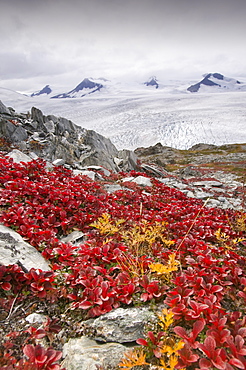
The Harding icefield, receding rapidly due to global warming, Kenai Fjords National Park in Alaska, United States of America, North America
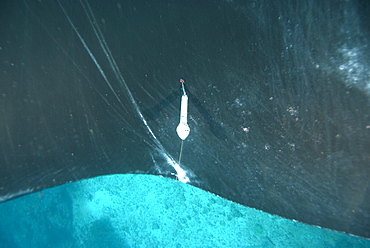
Satellite Tag attached to Giant Manta Ray, Ecuador. The lines to the left indicate recent fishing damage. Pacific Ocean, Ecuador
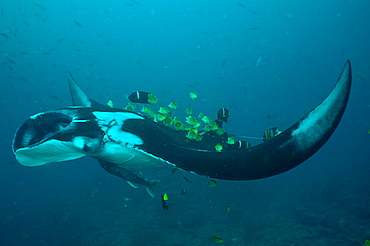
Manta Birstris showing cleaning station activity. Observations part of porject elasmo, conservation project in Ecuador.
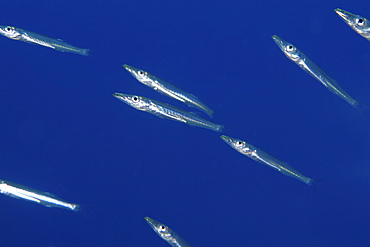
Juvenile Barracuda (Sphyraena Sp. ). Found amongst a dense school of Yellow Sweeper making use of the protection of a Redmouth Grouper, until their increasing size gave away their camouflage.Red Sea.
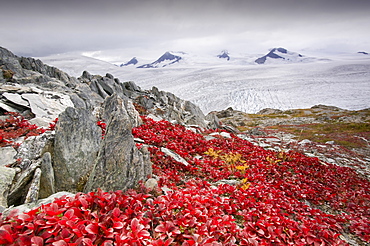
The Harding icefield, receding rapidly due to global warming, Kenai Fjords National Park in Alaska, United States of America, North America
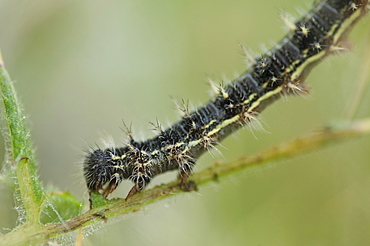
As the caterpillars grow, they leave their silk protection and continue feeding until they are large and mature enough to seek somewhere safe to change into chrysalis.. Isle of White, UK. Isle of White, UK

Manta Birstris showing cleaning station activity. Observations part of project elasmo, conservation project in Ecuador.

Research diver approaching manta birostris to record detail in research program, Project Elasmo. Pacific Ocean, Ecuador
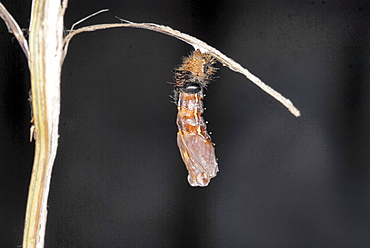
As the time to change gets nearer, the caterpillar begins to move more and more, sometimes shaking vigorously. The skin begins to split and the caterpillar sheds its skin in a concertina motion. . Isle of White, UK. Isle of White, UK
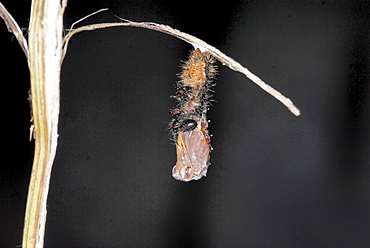
As the time to change gets nearer, the caterpillar begins to move more and more, sometimes shaking vigorously. The skin begins to split and the caterpillar sheds its skin in a concertina motion. . Isle of White, UK. Isle of White, UK
